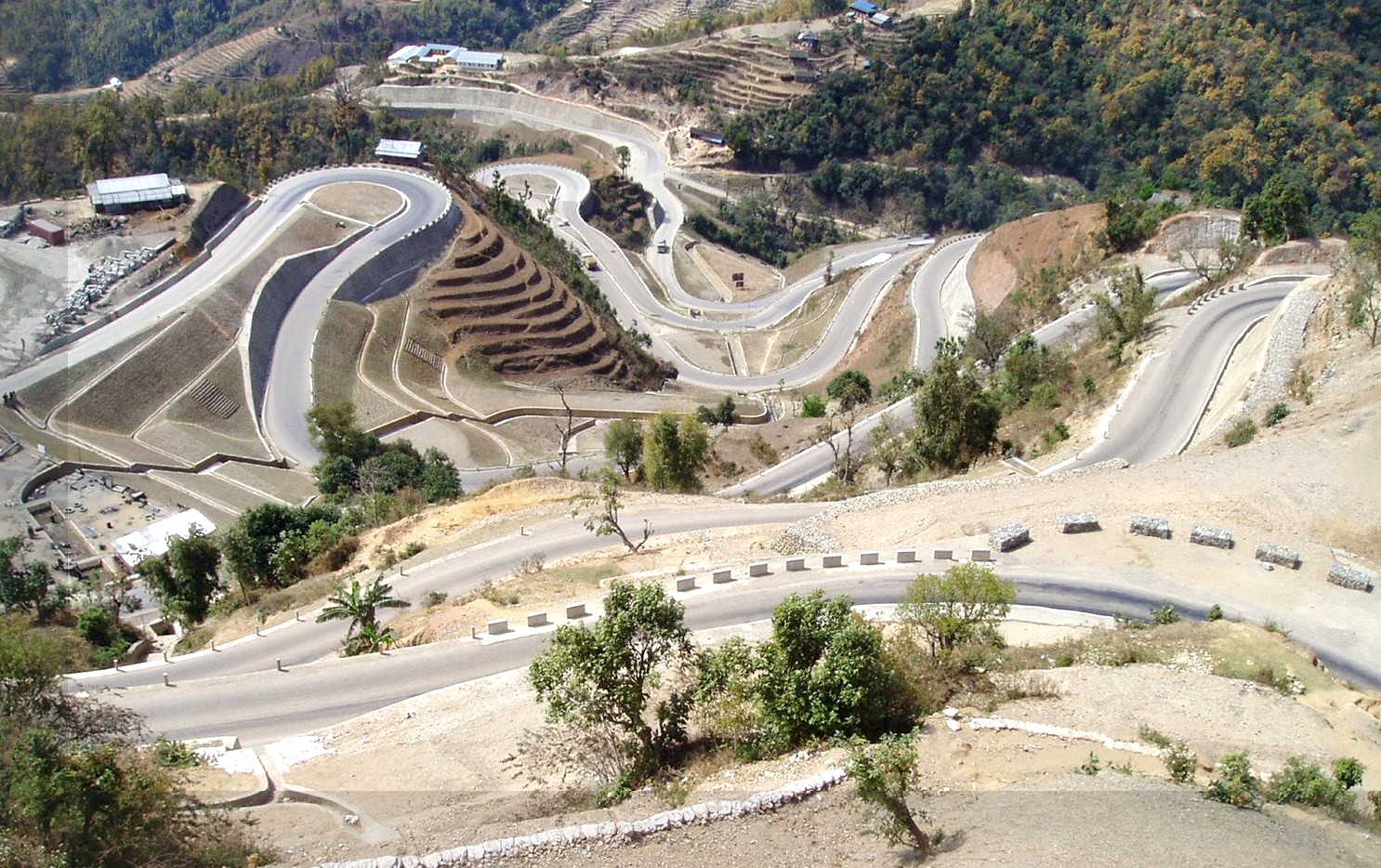Project Geotechnical Engineer for Tailored Website Assessments
Project Geotechnical Engineer for Tailored Website Assessments
Blog Article
How Consulting Engineers Enhance Geotechnical Design Projects: Insights Into Their Experience, Methods, and Collaborative Approaches
Consulting engineers are crucial in boosting geotechnical engineering jobs, applying their specialized knowledge to browse the intricacies of subsurface problems. Their collective methods foster interaction amongst diverse project stakeholders, inevitably shaping the task's trajectory.
Duty of Consulting Engineers
The know-how of getting in touch with engineers in geotechnical design is basic to the effective execution of building and construction jobs. These experts play a pivotal role in analyzing dirt and rock residential or commercial properties, which are critical elements affecting style and building choices. By carrying out comprehensive site examinations, speaking with engineers gather necessary data that educates the style procedure, making sure tasks are constructed on steady and appropriate ground.
Consulting engineers also offer invaluable insights right into danger administration (geotechnical geologist). They identify possible geotechnical risks, such as landslides, dirt liquefaction, and settlement concerns, enabling stakeholders to implement effective reduction approaches. Their know-how help in enhancing structure layouts, which can bring about substantial price financial savings and enhanced security
In addition, seeking advice from engineers serve as an important link between job owners, engineers, and service providers. Their capacity to translate intricate geotechnical information into workable suggestions promotes collaboration and promotes educated decision-making throughout the job lifecycle. This multidisciplinary method not only improves project performance however also makes certain compliance with regulatory criteria and finest practices.
Trick Methods in Geotechnical Engineering

One main technique is site investigation, which includes carrying out area examinations and research laboratory analyses to gather data on subsurface problems. Strategies such as Requirement Infiltration Testing (SPT) and Cone Infiltration Testing (CPT) are extensively made use of to assess dirt stratigraphy and strength. In addition, geophysical methods, consisting of seismic and electrical resistivity surveys, offer non-invasive means to assess subsurface characteristics.
One more essential method is numerical modeling, which allows engineers to simulate various scenarios and predict exactly how soil-structure interactions will certainly behave under various loading problems. Limited Aspect Analysis (FEA) is a typical method used in this context.
Moreover, the style of structures, preserving frameworks, and earthworks relies greatly on these techniques - geotechnical geologist. By incorporating advanced logical devices with field data, getting in touch with designers can develop customized services that attend to certain task obstacles, inevitably contributing to the stability and safety and security of construction projects
Significance of Dirt Evaluation
Dirt analysis acts as a fundamental element in geotechnical design, offering crucial understandings into the physical and chemical homes of dirt essential for efficient construction preparation. Comprehending dirt attributes is essential for determining its load-bearing ability, drainage actions, and potential for negotiation or instability. Detailed dirt examinations, including tasting and laboratory screening, help recognize criteria such as soil kind, moisture material, density, and shear strength.
These about his evaluations inform the choice of appropriate building and construction techniques and products, ultimately affecting project security and long life. As an example, natural dirts may call for various foundation designs contrasted to granular soils, demanding customized engineering solutions. Dirt evaluation help in determining pollutants that might present dangers to human wellness or the setting, permitting for the growth of reduction strategies.
Incorporating soil evaluation right into the early stages of job growth assists to reduce unanticipated difficulties, making sure that designers can prepare for and attend to prospective issues before they rise. By developing a thorough understanding of the website conditions, seeking advice from designers can enhance style effectiveness and reduce costs, therefore boosting the general success of geotechnical engineering projects.
Collaborative Approaches in Tasks
Successful geotechnical projects typically depend upon joint strategies that combine varied knowledge from numerous self-controls. Reliable partnership among seeking advice from designers, rock hounds, ecological researchers, and building and construction professionals is vital for resolving complicated challenges and maximizing task results. By leveraging the special abilities and knowledge of each group participant, tasks can take advantage of an alternative understanding of the site conditions, governing demands, and design restrictions.
Routine interaction and interdisciplinary conferences facilitate the sharing of insights and promote a culture of synergy. These joint initiatives enable the recognition of prospective dangers early in the task lifecycle, enabling timely mitigation approaches. Furthermore, integrating responses from stakeholders, including neighborhood helpful hints areas and regulative companies, guarantees that all perspectives are considered, boosting job approval and see conformity.
Furthermore, the integration of advanced modern technologies, such as Geographic Info Solution (GIS) and Structure Details Modeling (BIM), additional improves collaboration. These tools allow for the real-time sharing of data and visualization of geotechnical problems, advertising educated decision-making. Eventually, a collective strategy not just streamlines project implementation but also lays the foundation for innovative options to intricate geotechnical design challenges.
Impact on Job End Results

Consulting engineers employ sophisticated approaches such as risk analysis and anticipating modeling, which enhance the precision of task projections. Their capacity to incorporate innovative modern technologies, like geotechnical instrumentation and data analytics, further fine-tunes the design and building procedures. Because of this, tasks experience enhanced effectiveness, minimized prices, and minimized hold-ups.
Additionally, promoting effective communication and cooperation amongst employee improves analytic capacities. When obstacles develop, an unified front allows for quick identification of services, preventing potential problems. Inevitably, the collective efforts of consulting designers add to greater quality results, ensuring that projects meet both governing requirements and client assumptions.
Verdict

Report this page